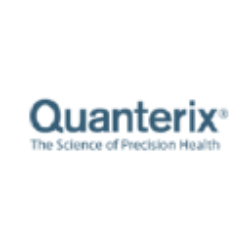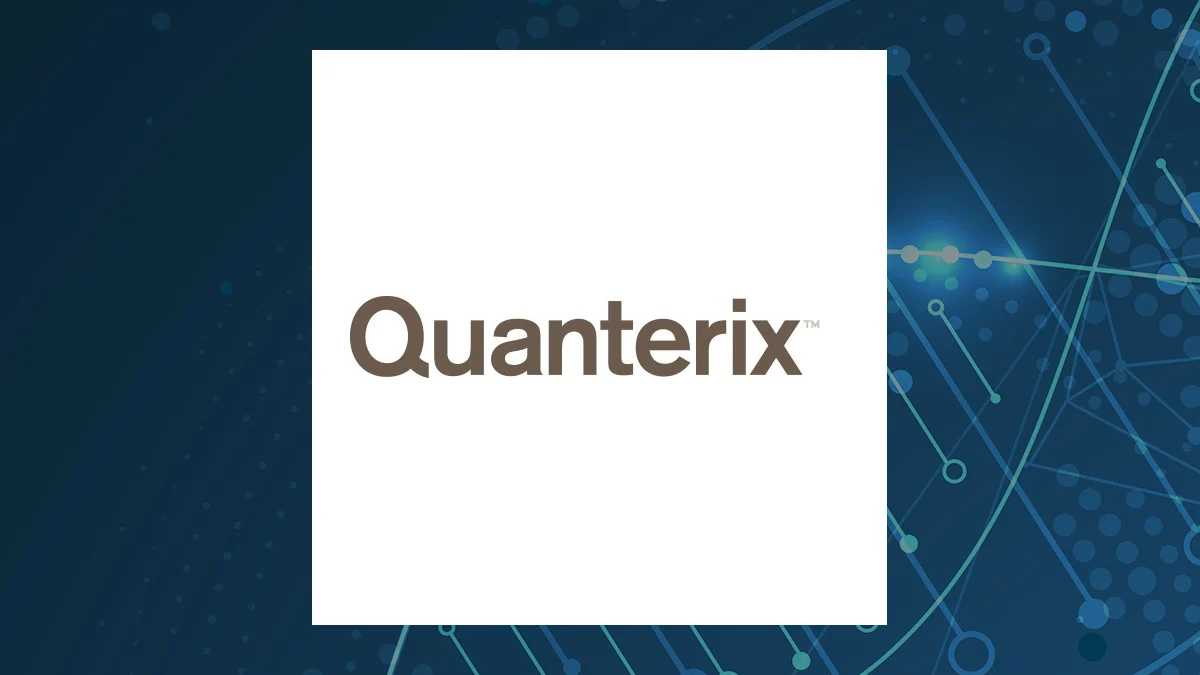
QTRX
Quanterix Corporation
$6.46
-0.16
(-2.42%)
| Exchange: | |
| Market Cap: | 301.752M |
| Shares Outstanding: | 16.207M |
About The Company
| Sector: | Healthcare | |||||
| Industry: | Medical – Devices | |||||
| CEO: | Masoud Toloue | |||||
| Full Time Employees: | 471 | |||||
| Address: |
|
|||||
| Website: | https://www.quanterix.com |
Quanterix Corporation, a life sciences company, engages in development and marketing of digital immunoassay platforms that advances precision health for life sciences research and diagnostics in North America, Europe, the Middle East, Africa, and the Asia Pacific regions. It offers HD-X instrument, a sensitive automated multiplex protein detection platform; and SR-X instrument that enables researchers to apply Simoa detection technology in various applications, including direct detection of nucleic acids. The company also provides SP-X instrument that is based on Simoa planar array technology for the measurement of multiplex chemiluminescent immunoassays. The company’s products include assay kits and other consumables such as reagents. In addition, it offers contract research services, including sample testing, homebrew assay development, and custom development services. The company primarily operates in the areas of neurology, oncology, cardiology, infectious diseases, and inflammation. It sells its products for the life science research sector primarily to laboratories associated with academic and governmental research institutions, as well as pharmaceutical, biotechnology, and contract research companies through a direct sales force, support organizations, and distributors or sales agents. The company was formerly known as Digital Genomics, Inc. and changed its name to Quanterix Corporation in August 2007. Quanterix Corporation was incorporated in 2007 and is headquartered in Billerica, Massachusetts.
Click to read more…
Revenue Segmentation
EPS
Earnings Call
Income Statement
(* All numbers are in thousands)
Balance Sheet
(* All numbers are in thousands)
Cash Flow Statement
(* All numbers are in thousands)
Analyst Estimates
(* All numbers are in thousands)





